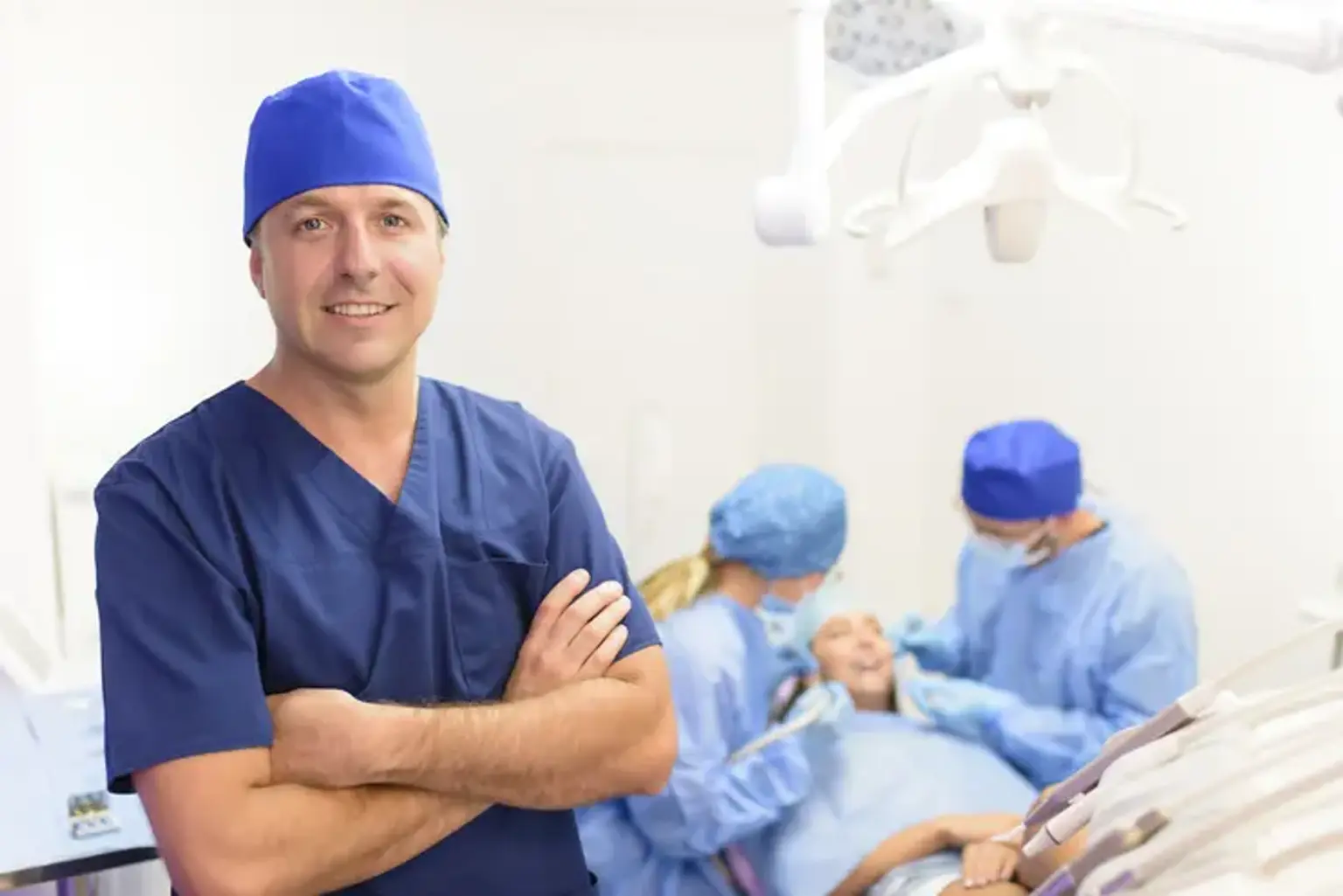Oral and Maxillofacial Surgery
Overview
Oral and maxillofacial surgery treats complex dental problems as well as medical conditions affecting the mouth, teeth, jaws, and face. The majority of the practice is devoted to facial reconstruction, facial trauma surgery, and dental procedures involving the jawbone (like wisdom tooth extractions and dental implants).
